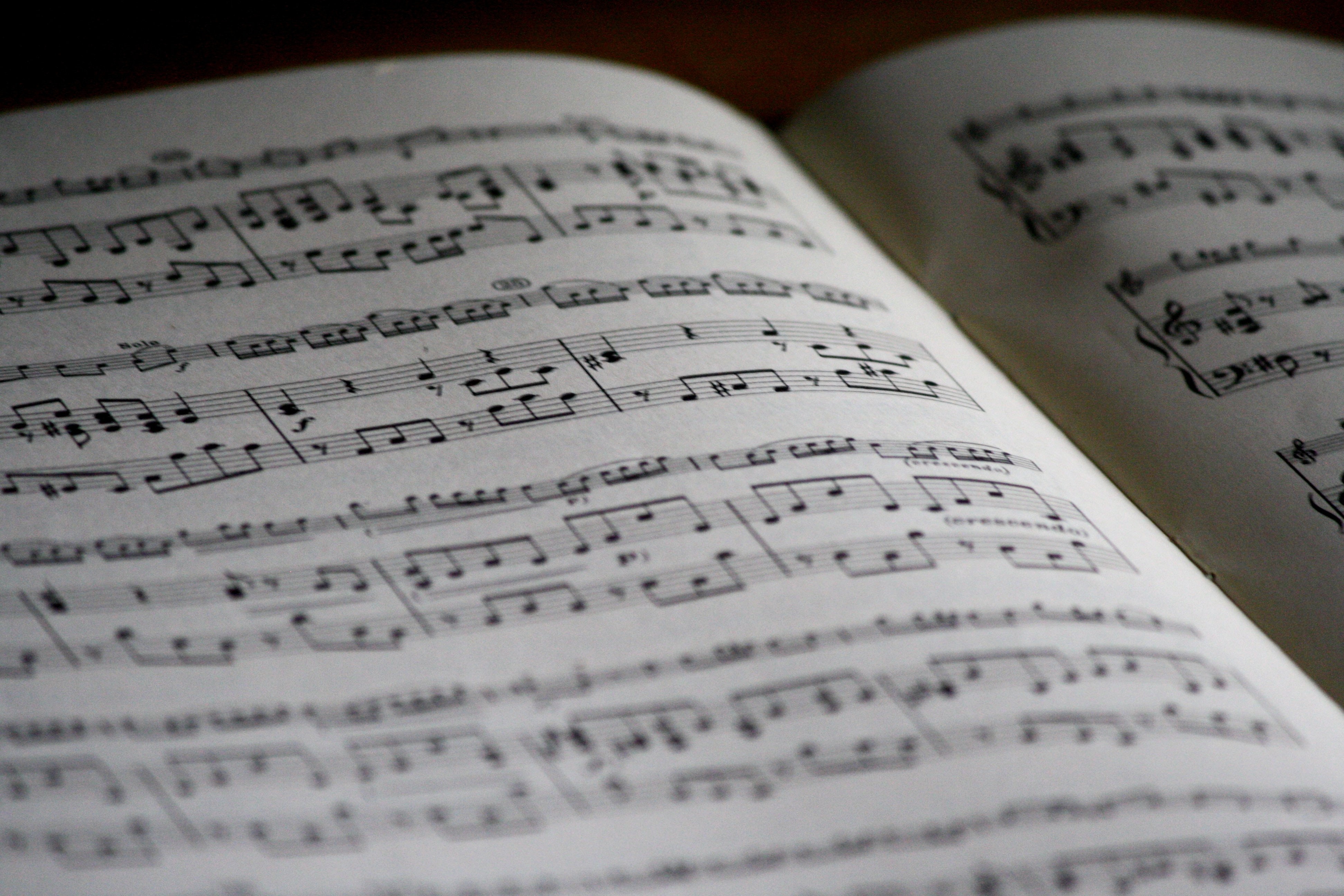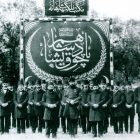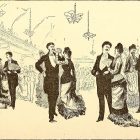Meter

I am a poet without a kind. I write formal poems in an age of free verse (not to mention poetry in an age of prose!), but I don’t feel kinship with the most visible formalist movements. The divide I feel goes beyond subject matter and worldview, though these do play a part – they relate to fundamentally different ideas of form. Many established, traditionally-formal poets are viewed by young writers as helplessly or harmfully reactionary, writing perfunctory, woodenly accomplished poems. I find these criticisms somewhat unfair – many of the New Formalist principles are persuasive (know your craft and tradition, write with care), but they haven’t generated a lot of timeless poetry. One weakness is that in using traditional received forms, poets have also taken a received tone (generally either stately or droll) and impersonal decorum. Too many contemporary metrical poems read like wan imitations of Richard Wilbur. Wilbur is a fine metricist and a poet of generous spirit, but there are other ways to write poems. Another weakness is the persistent use of awkward syntax and idiom to accommodate rhyme and meter – even the poetry of Thom Gunn, which I very much admire, suffers from this habit, particularly in the early work.
But the weakness I’d like to address here has to do with music. Many contemporary formalists write as though meter were primarily a credentials test to be passed rather than a way of making sounds. Meter is fulfilled with exactitude; the necessary variations are appropriately placed. But the handling of the meter feels like duty. The poems are like sheet music in place of the actual song. They lack a fundamental urgency, expressed as rhythm. I believe that meter is primarily a way of singing, one that must be reinvigorated by each new singer; its secondary function, meaning-making, is a highly felicitous byproduct of this song.
I don’t mean to downplay the connection between meter and meaning. All of the great metricists have used meter to create meaning, of course. Most obviously, this occurs in individual instances of metrical expression – a deft trochaic substitution to mark a strong shift in thought, an anapest deployed mimetically to catch the rhythm of quickening rain. Another way meter makes meaning is through meter’s allusive power to invoke other poems, as John Hollander has so persuasively argued. A good example is Robert Frost’s brilliant poem, “For Once, Then, Something,” about the frustrating search for true vision. Frost wrote the poem in hendecasyllabics, a tricky, classically-derived meter of eleven syllables. This meter is rare enough to demand that the poem be read alongside the one other (moderately) famous English-language poem that had been composed in the meter, Alfred, Lord Tennyson’s “Hendecasyllabics.” Tennyson’s poem is both a virtuosic show-off and a rebuke of “indolent reviewers”; the association between the poems leads us to read “For Once, Then, Something” in this snarky literary context as well. Not only is Frost talking about narcissism and the difficulty of seeing, he is simultaneously defending his work against boorish critics (the “Others” in line 1) by the effortless grace of his verse. What’s more, both Tennyson and Frost are alluding to Catullus, the foremost classical practitioner of hendecasyllabics, whose poems take a wicked delight in skewering his critics.
Layerings of this kind can be a deep source of meaning in metrical poems, and are a crucial resource for any serious formalist. But for me, a great poem must also sing. Too many contemporary metrical poems feel arranged, “correct,” filled in as paint-by-numbers instead of limned with sure, freehand strokes. Poets forget that our “rules” for metrification are actually descriptions of it – we use the term “iambic pentameter” to describe a particular rhythm that we hear; the term does not prescribe the rhythm. A poet could conceivably write perfectly executed, elegantly inflected iambic pentameter with no knowledge of feet or substitutions, solely based on the practice of other poets and an intuitive feel for what the form can accommodate. In fact, until such rules were codified, all poets wrote that way – hence the awkward majesty of Sir Thomas Wyatt’s work. For metrical poetry to remain relevant, it must continue to grow – just as Frost’s casually anapestic blank verse allowed for a new way of speaking. Just as T. S. Eliot, inspired by the rocky cadences of late Renaissance drama, took a logical next step in developing his free blank verse – thereby ceasing to write metrical poetry. But Eliot’s development is only one among many possibilities. Elizabeth Bishop’s nimble accentual cadences might be considered another. Who will be the next poet to truly reinvent a metrical form?
I have always taught meter in my introductory poetry classes, and I expect that I always will. There are so many reasons to teach meter to a beginning poet. Learning meter is a great discipline for students to attune their ears to the subtleties and cadences of all poetry, metrical or otherwise. I’ve found that learning meter is many poets’ first experience of really lingering over language, of being forced to slow down and choose words carefully. Writing in meter is an artificial resistance that can be crucial to the process of creating art – it’s a problem for the conscious mind to work on while the unconscious mind goes wandering into unexpected places. Meter is an opportunity to make meaning, a resource like line or rhyme. The patterns of metrical verse can be extrapolated into free verse forms – learning meter can teach students to write better, more energized free verse. Meter is a kind of sound-delight. Meter makes verse memorable. Meter connects poetry to song, to the voice rather than the page, and thus to the body, to the sensual, to the warm and present and human and living poem.
This is Peter’s twelfth post as a Guest Blogger.



